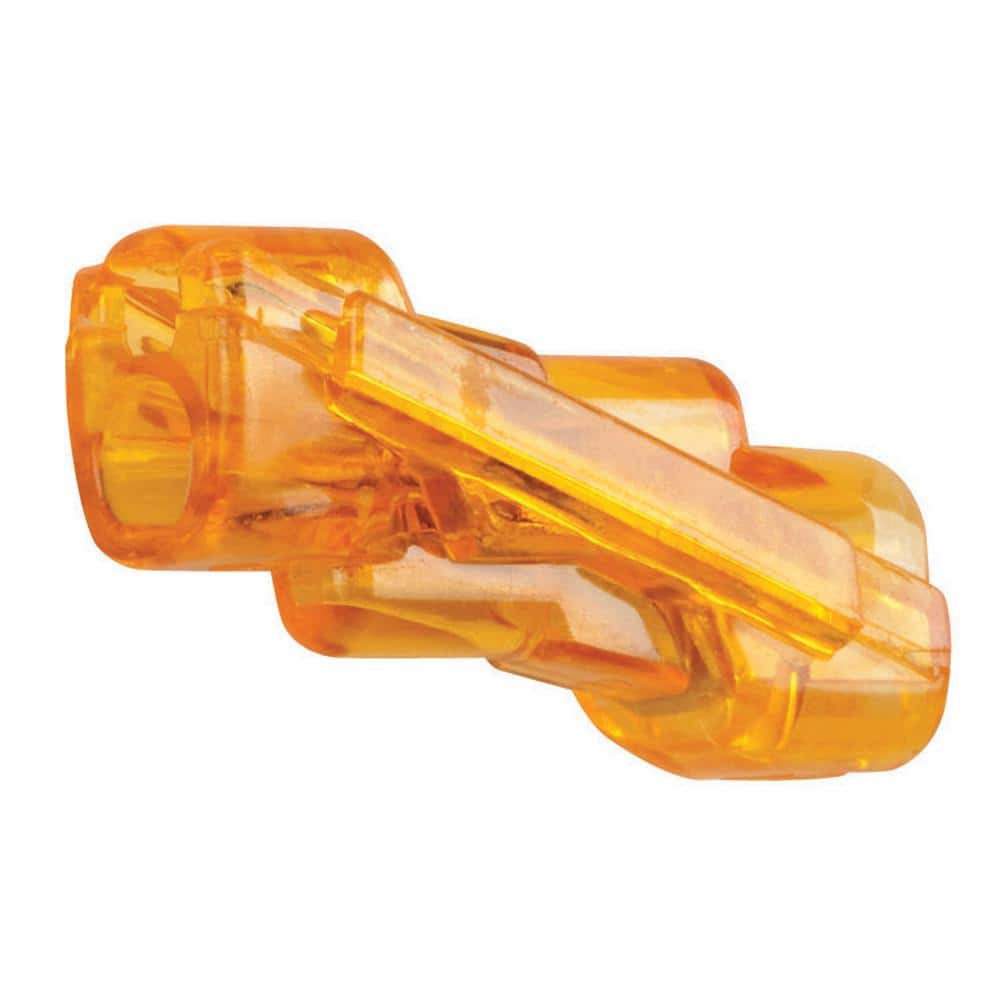synchro
Senior Member
- Location
- Chicago, IL
- Occupation
- EE
... The main thing is that, as I make every joint or termination, I mentally say "this connection will not be the one that fails."
Ahh .. the secret incantation.
... The main thing is that, as I make every joint or termination, I mentally say "this connection will not be the one that fails."
Your reason?I will use those back stab connectors that the manufacturer supplies with their light fixtures but I can't get myself to use them for pig tails in receptacle and switch boxes etc.
I will use those back stab connectors that the manufacturer supplies with their light fixtures but I can't get myself to use them for pig tails in receptacle and switch boxes etc.
I don't have issues with splicing solid and stranded wires together.
Listen, I try not to write novels on these posts.
When I first saw them in light fixtures I would cut them off and throw them away.
If I were to install a string (long series)of light fixtures in a commercial or residence that I thought would be a burden on that more inferior connection I would cut them off and wire it them. If is just 6-10 I'll take my chances.
I figure the fault will be easier to find on the load side of the switch.
Well I guess you'll have to define the front back left and right sides for me.When I make the connections I face the the "tip, front" what ever you want to call it away from me there for I calls it a "back-stab"
These are my opinions. Thanks for listening
Onan uses those on their residential generators instead of a terminal block. Wires are tagged and hanging loose in the enclosure. With the enclosures being as tight as they are, I can see the reason they use them.:happyno:
They are far from a back stab, here's why...
I have dissected them and there is a lot more clamping area on the Wago vs a back stab connection
The Wago spring clamp is a lot stronger than a back stab
On a back stab, (mostly on receptacles) the wire is subject to move every time something gets plugged in & unplugged, after a while this will loosen the connection and it will either pull out or heat up from high resistance.
With a Wago, the connection is not on the receptacle. You wrap the wire around the screw, or in a pressure clamp just like normal. When you plug/unplug something you are not disturbing the wire where it enters the Wago. So you can push/pull all you want on the plug and it won't affect the connection in the Wago. That's unlike what happens with a back stab, as you are pushing/pulling on the receptacle and the wire connection is directly on the receptacle.
Only failure I've seen with a Wago was "operator failure". And that was my install. Luckily I caught it when I energized the circuit. I just didn't have it pushed all the way in. I've been using them for nearly 10 years and no problems other than my mistake.
Note: Wago is a brand and there are other good mfg of them such as Ideal Push-ins, FPR (Gardner Bender).
I have found a new toy that I like even better than the push-in connectors. It is "Lever nuts" made by Wago. You raise a lever and insert the wire, then push the lever back down. You can feel the strength of the spring when you pull the lever up. They are especially handy when on a ladder trying to hang a light. Sometimes its difficult to hold the light and put a wire nut on the wires. With the Lever nuts, you can use one hand to both insert the wire and push the lever back down. It's best to raise the lever before going up the ladder or before you attempt to hold the light to connect the wires. Then all you have to do is insert the wire and push the lever down.

I like the push in wire connectors and have used several brands. Lately I've been using NSI that's what my supply house has. I still only use them for lighting and lighter loads - I'm still a little skeptical about receptacle loads.Ideal Push-in connectors has a 6-port push-in. Wago Lever nut has a 5-port. They may have a 6, but not for sure, they do have a 5 because I have some.
Have anyone seen or used these for splice: seems might be useful when not enough wire left and wall treatments made the receptacle or switch out to far to terminate onto anymore.I will use those back stab connectors that the manufacturer supplies with their light fixtures but I can't get myself to use them for pig tails in receptacle and switch boxes etc.
I don't have issues with splicing solid and stranded wires together.

